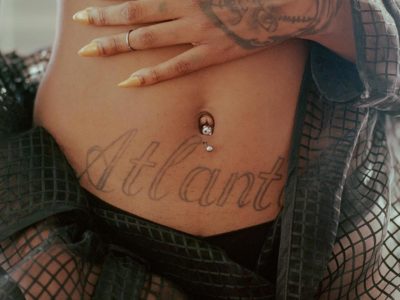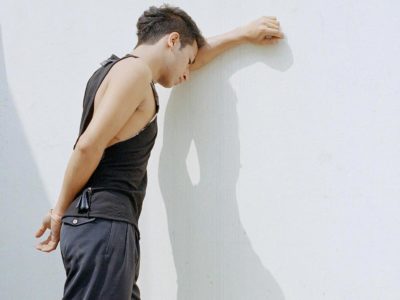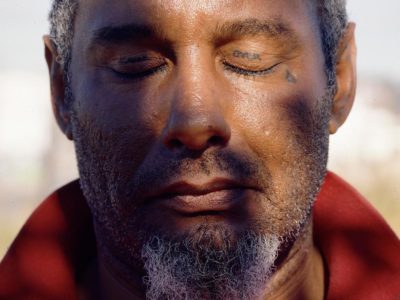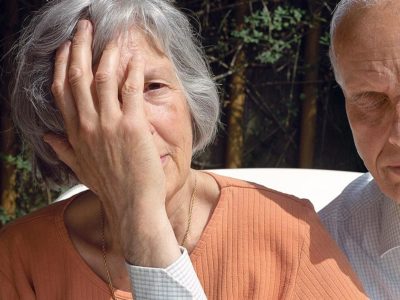Last Stop — George Georgiou Photographs the Streets of London from aboard Its Buses
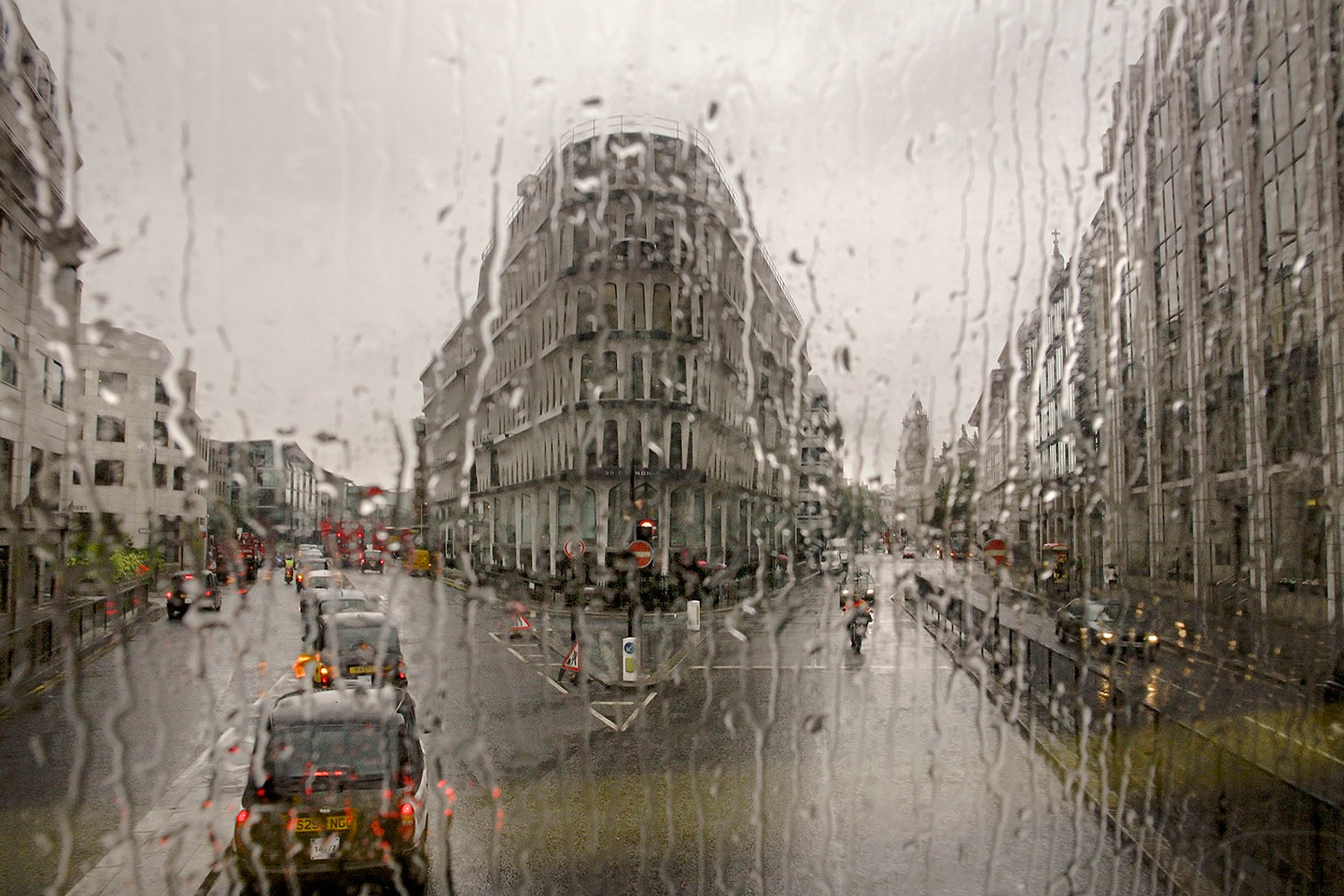
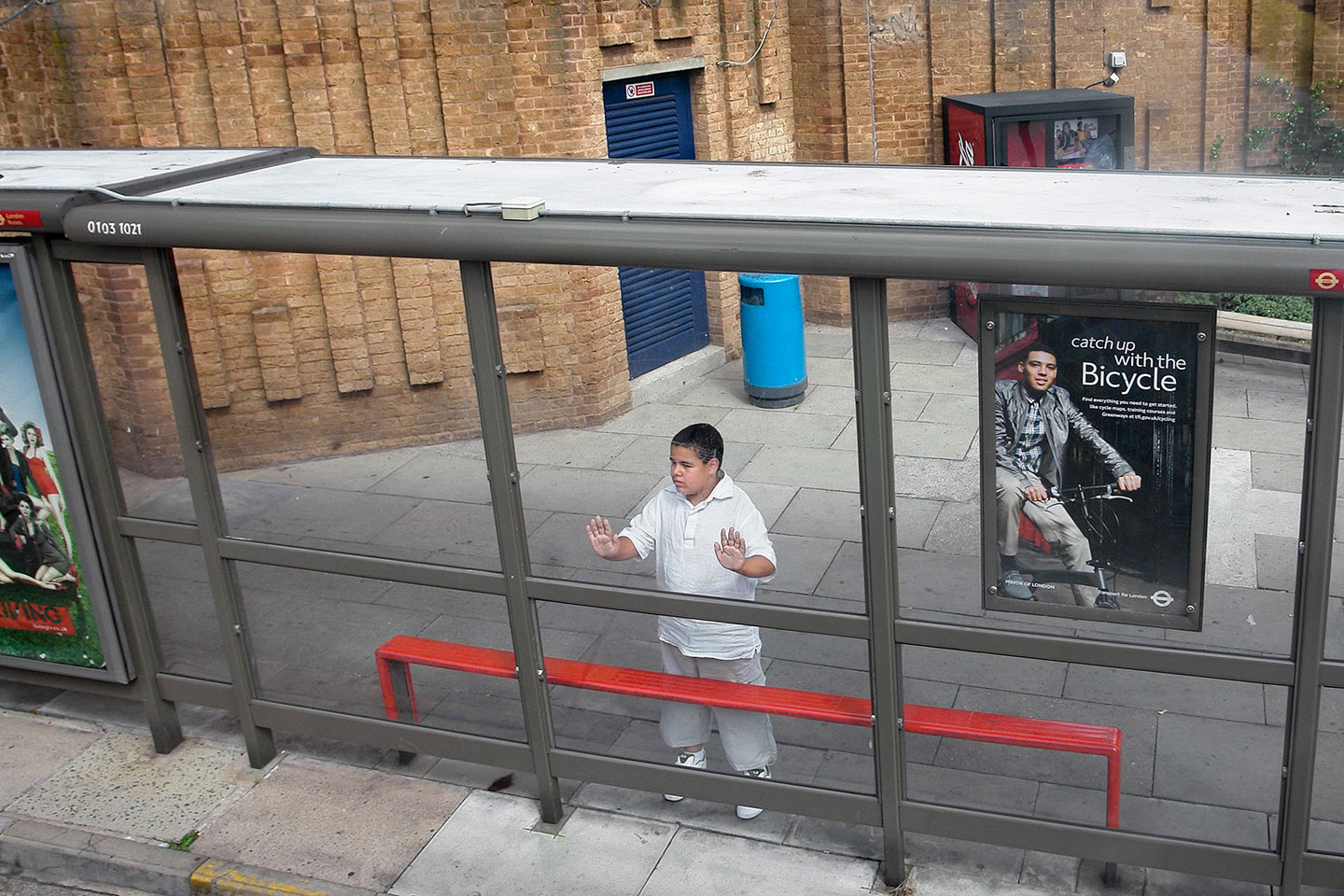
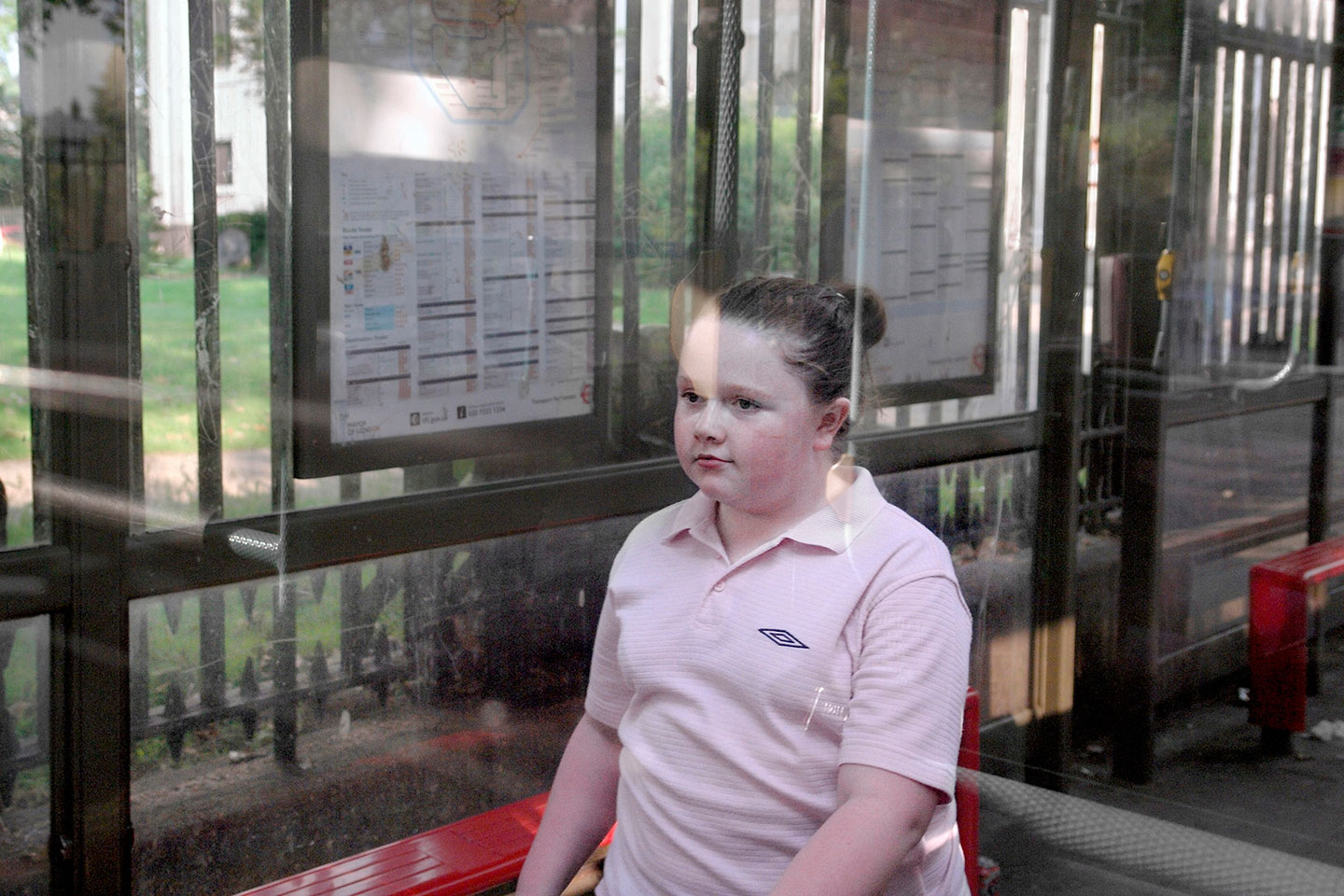
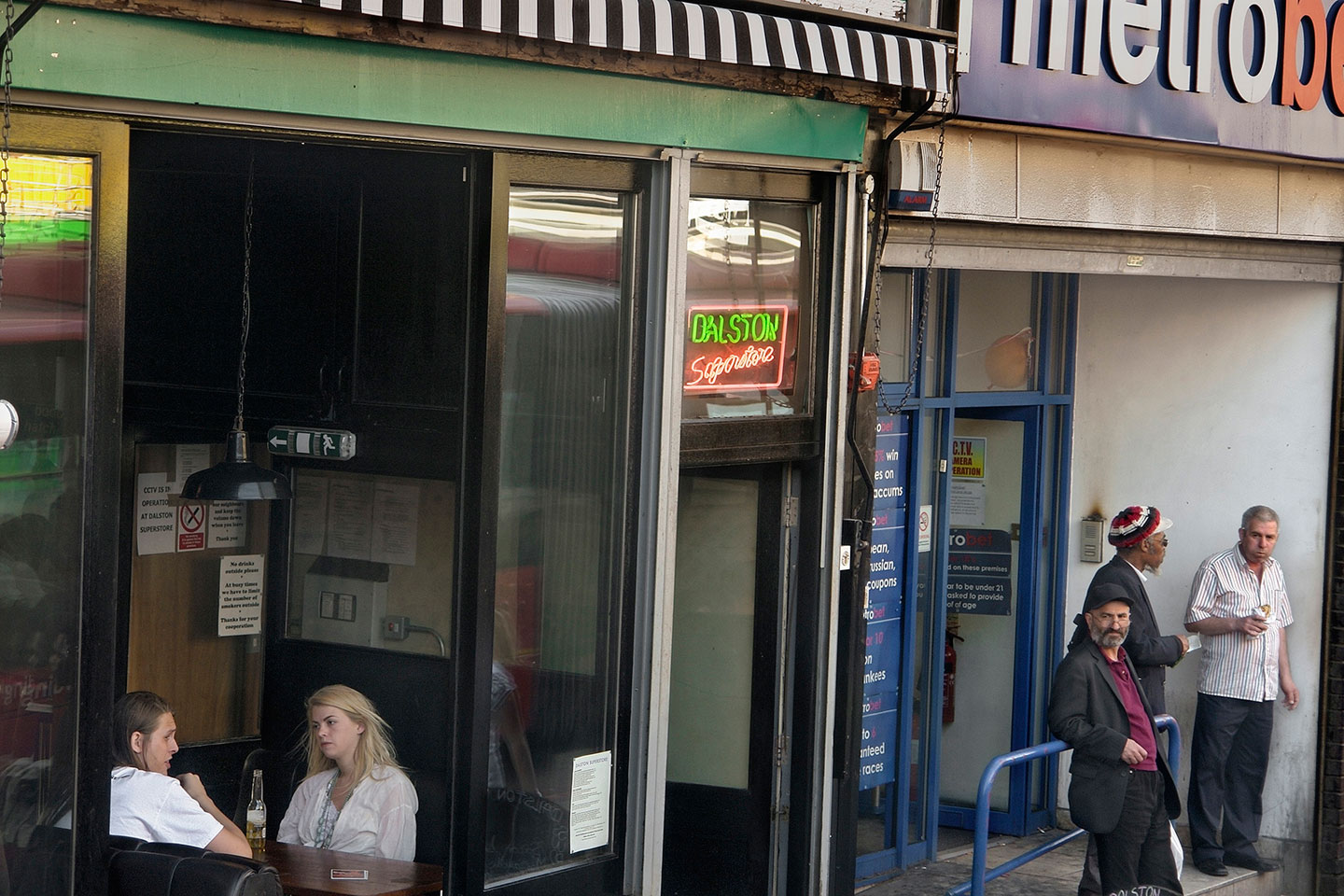
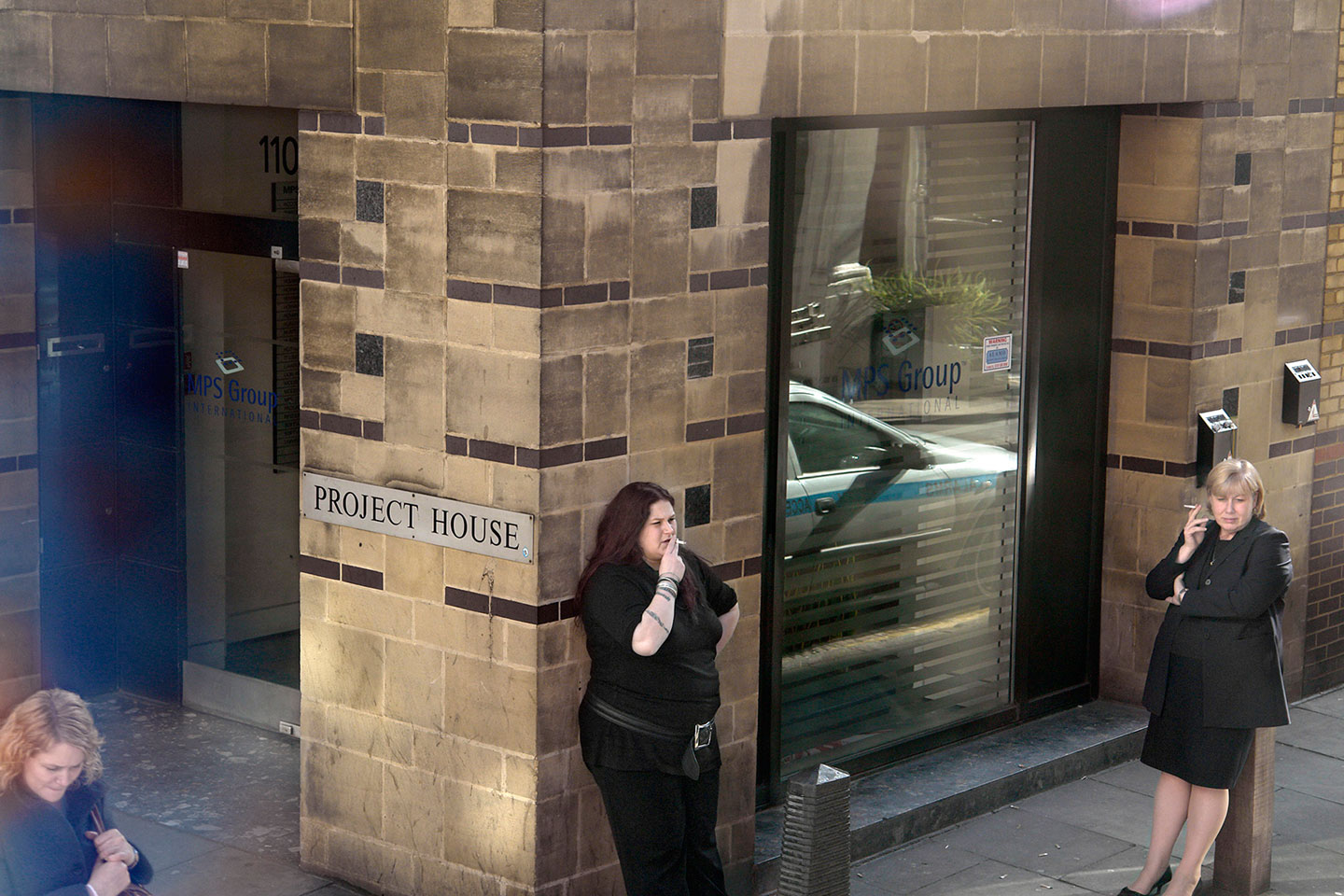
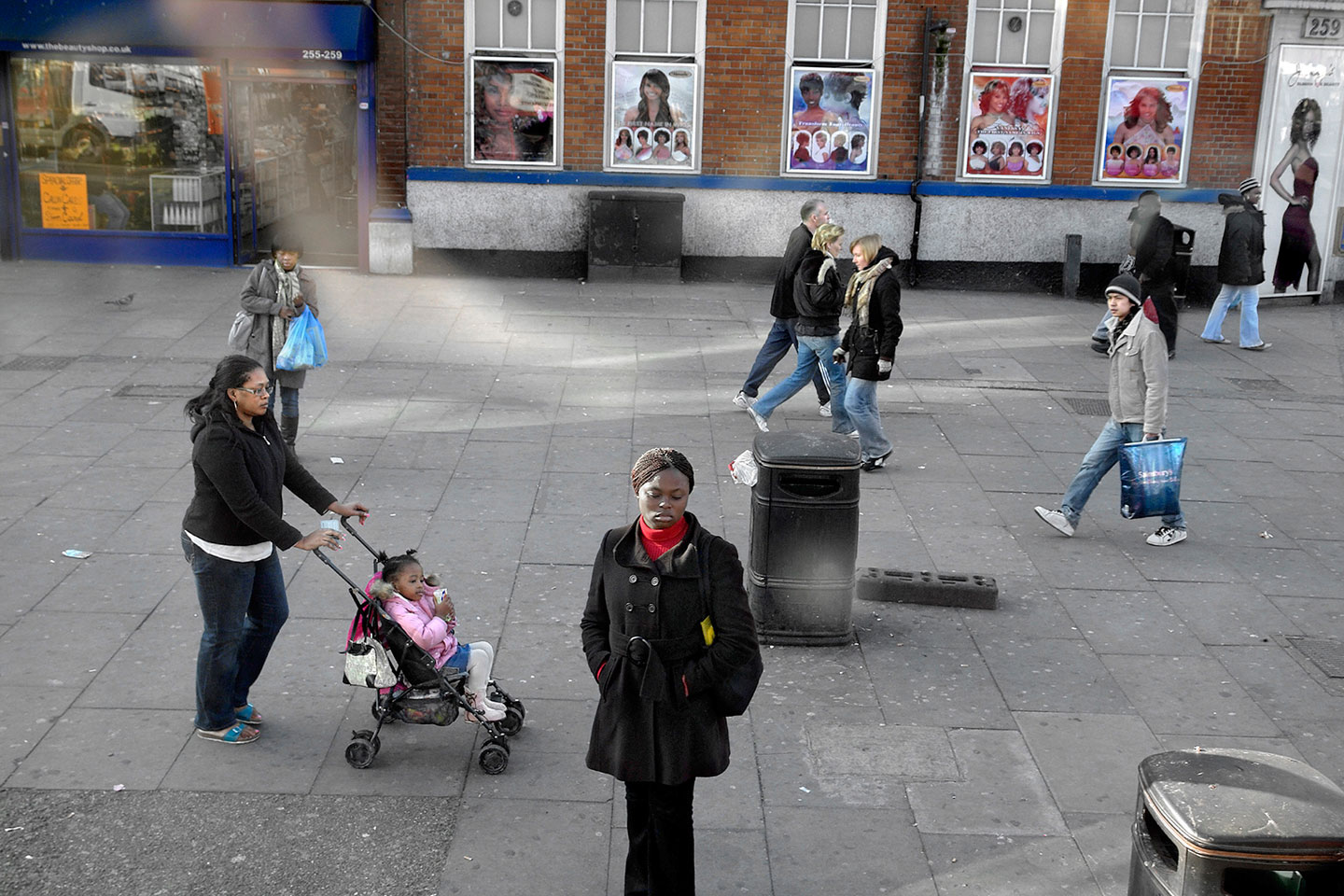

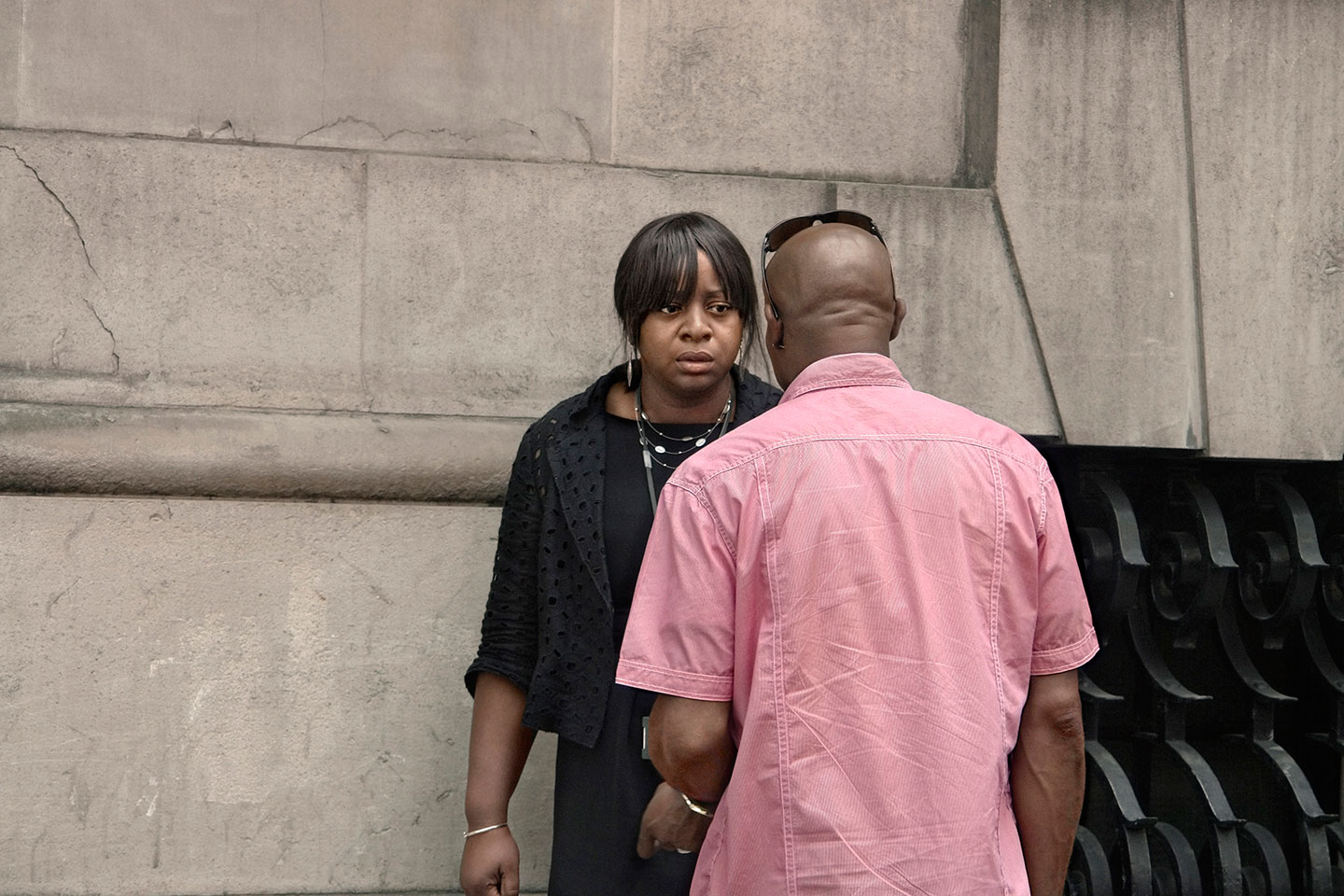
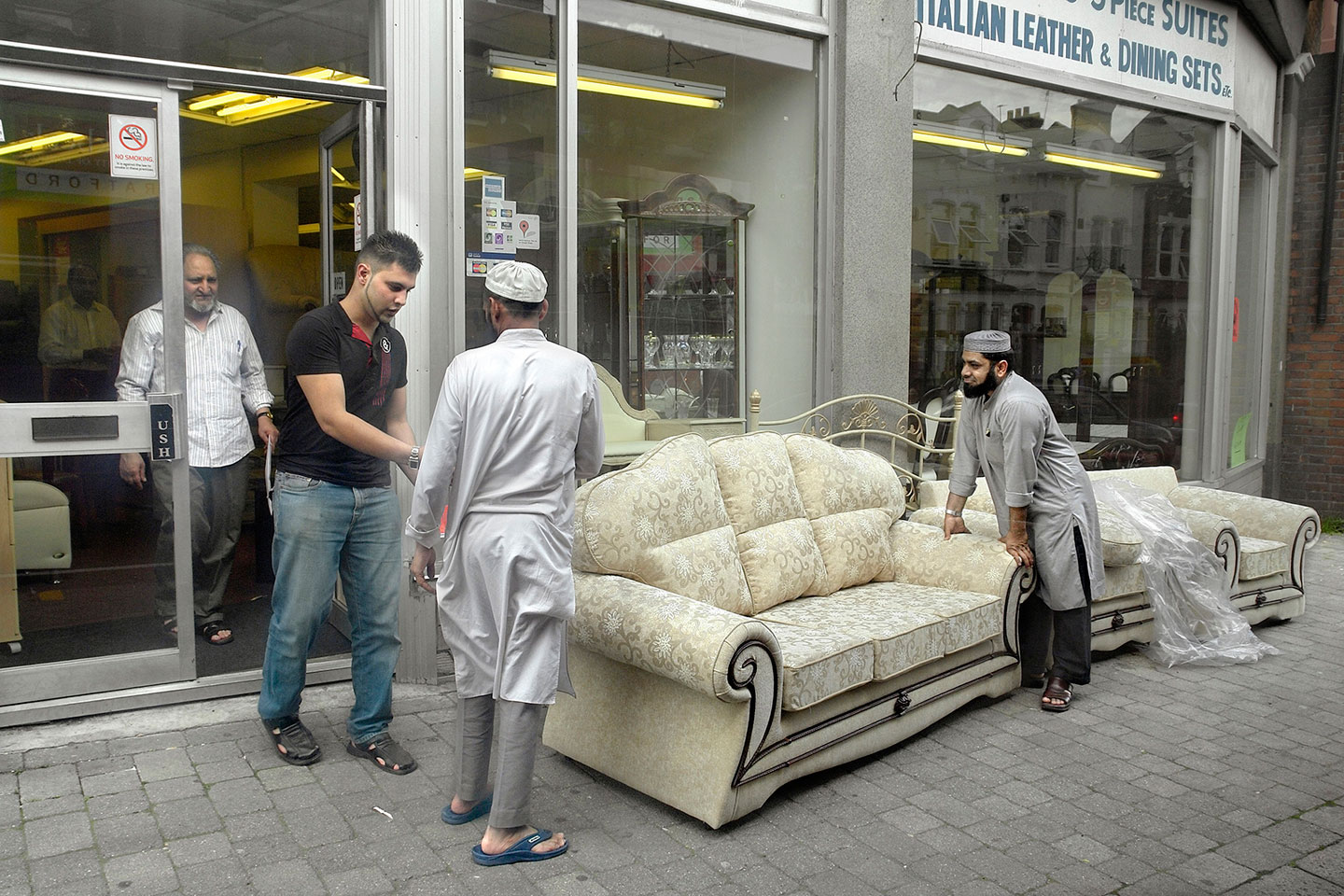
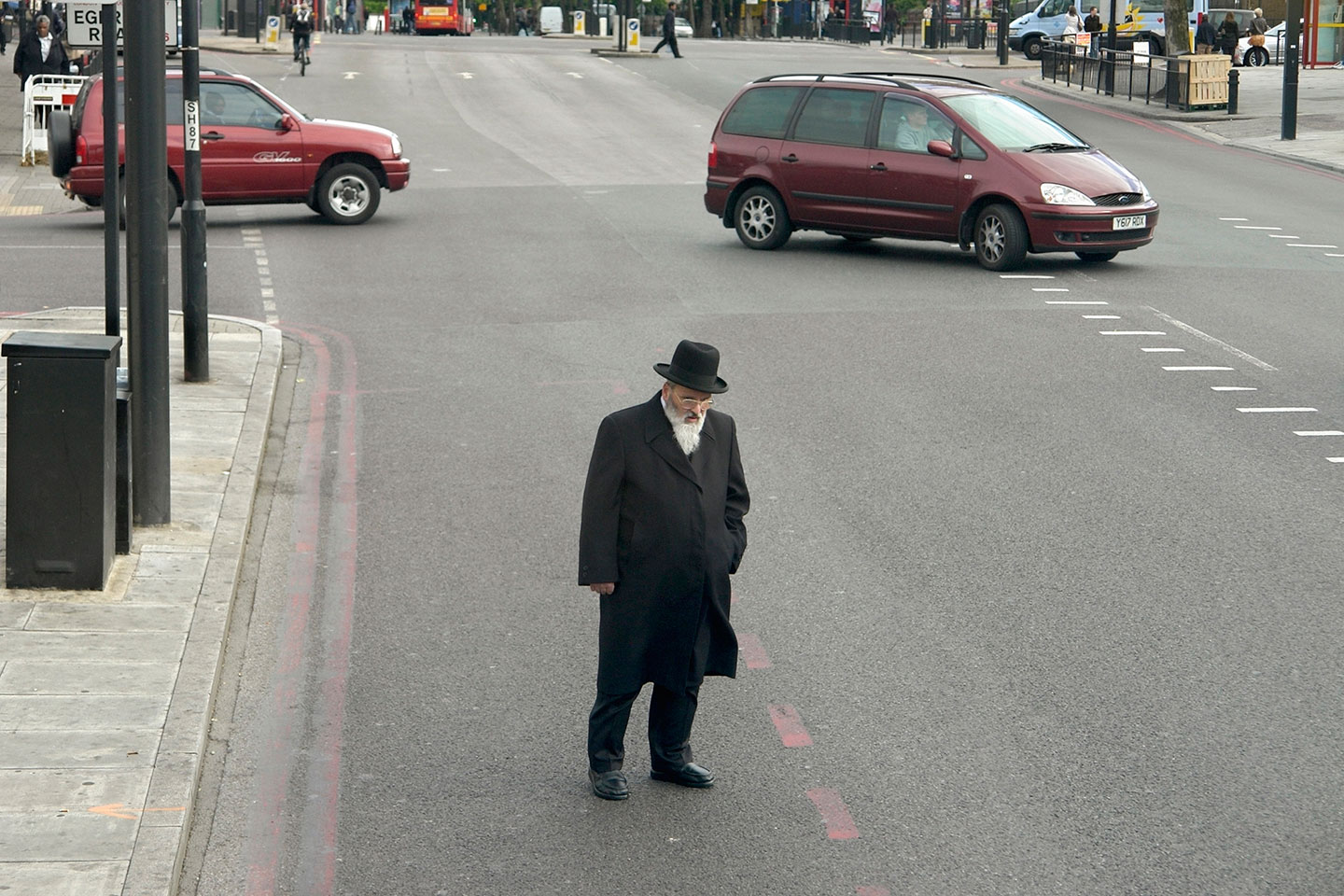
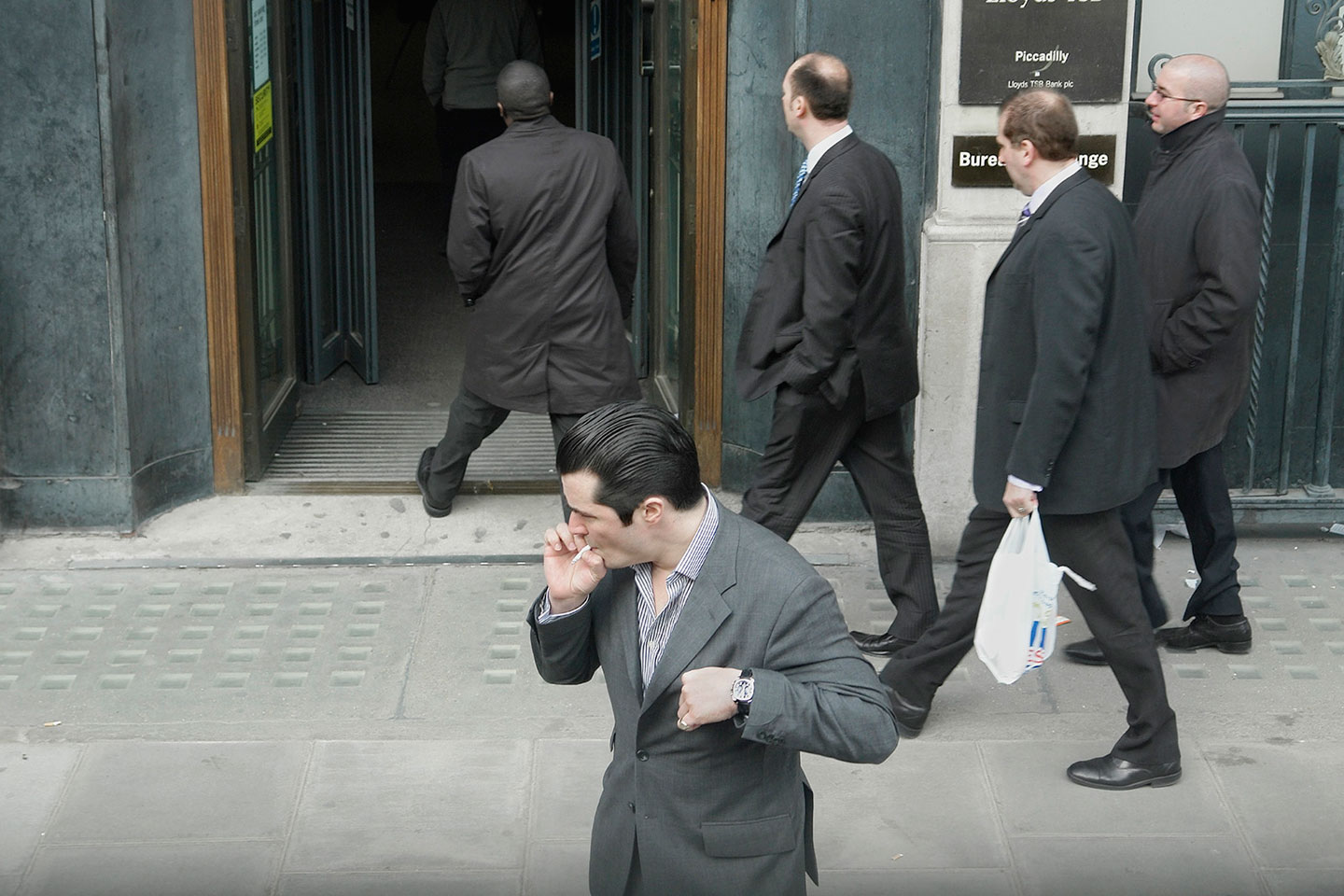
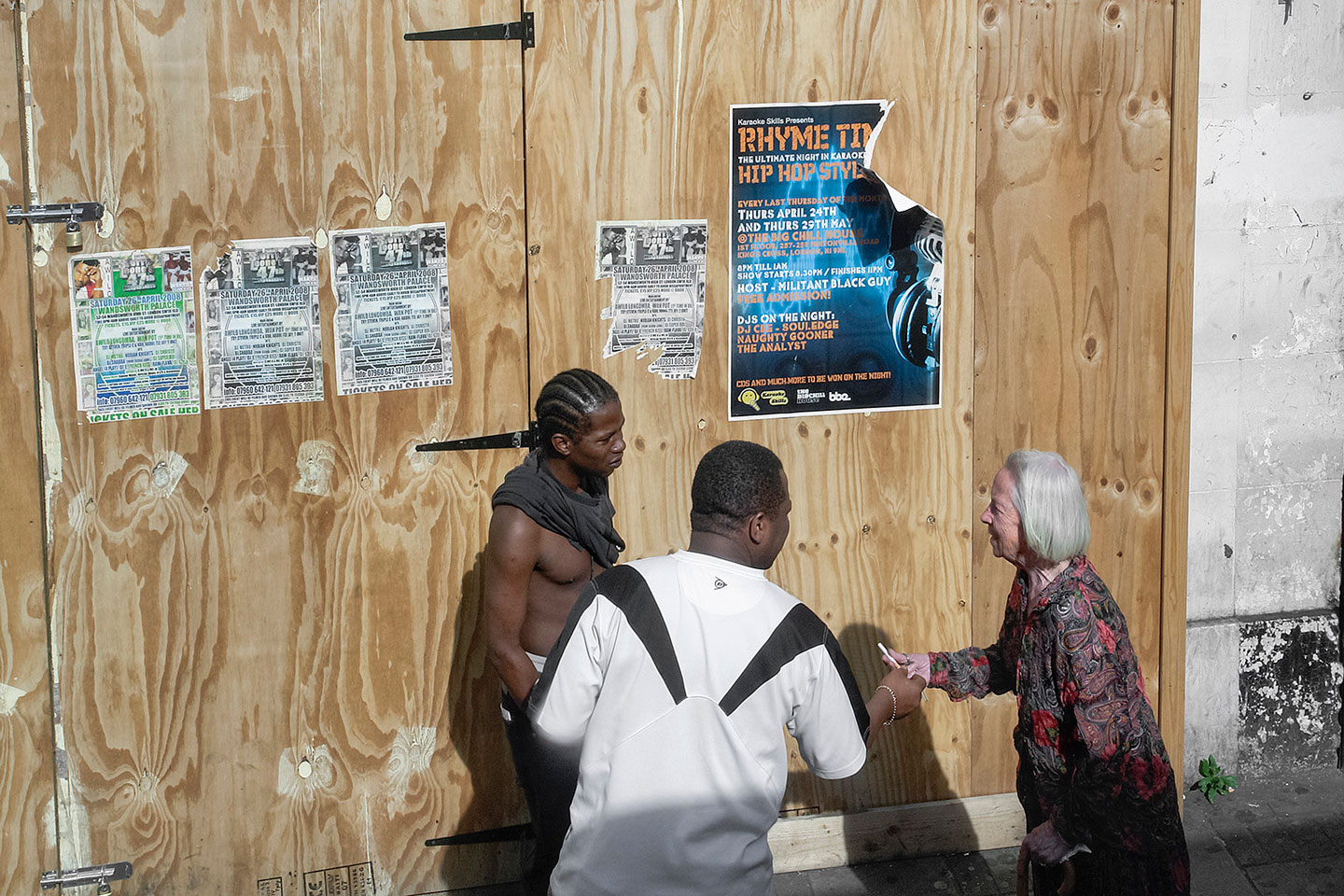

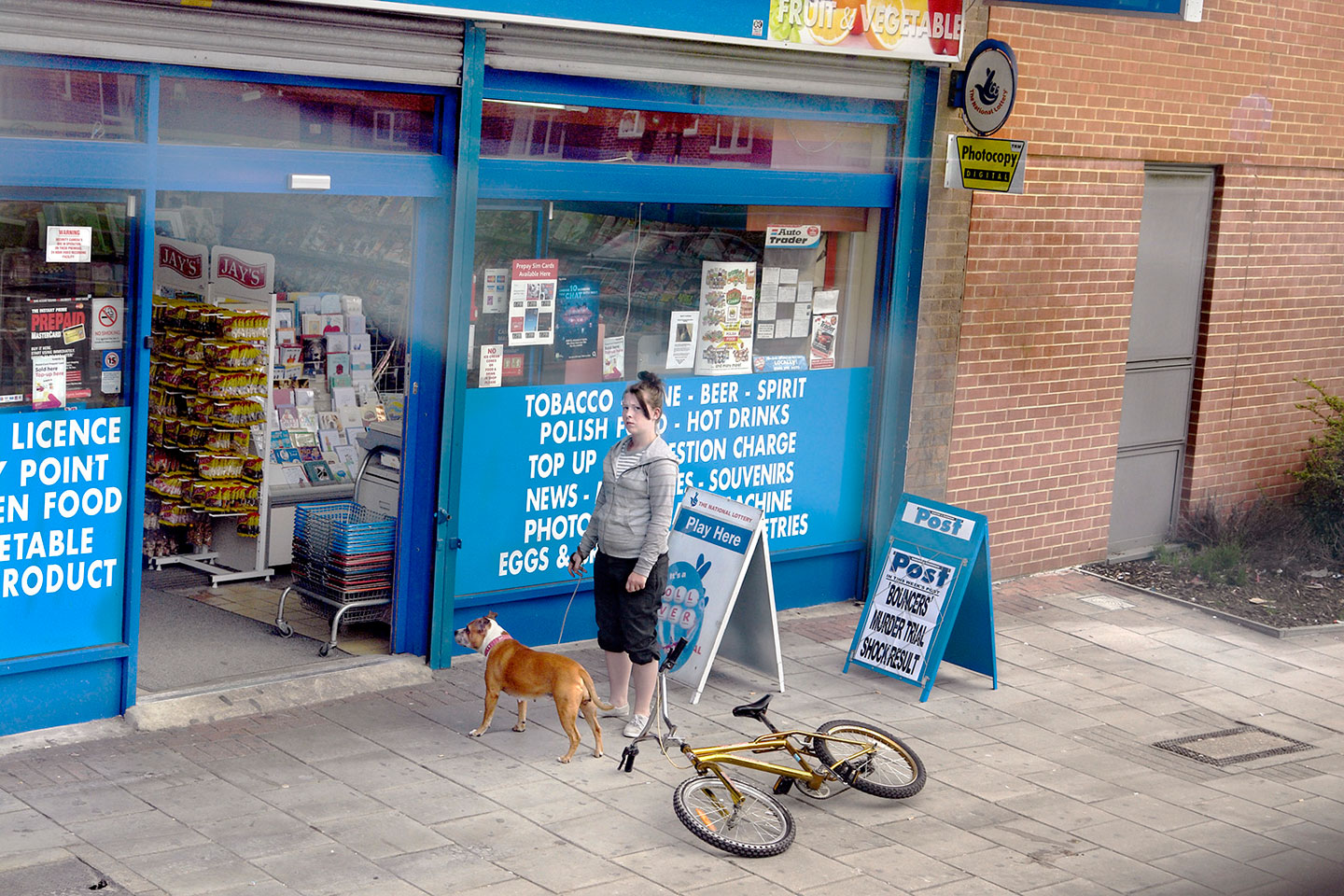
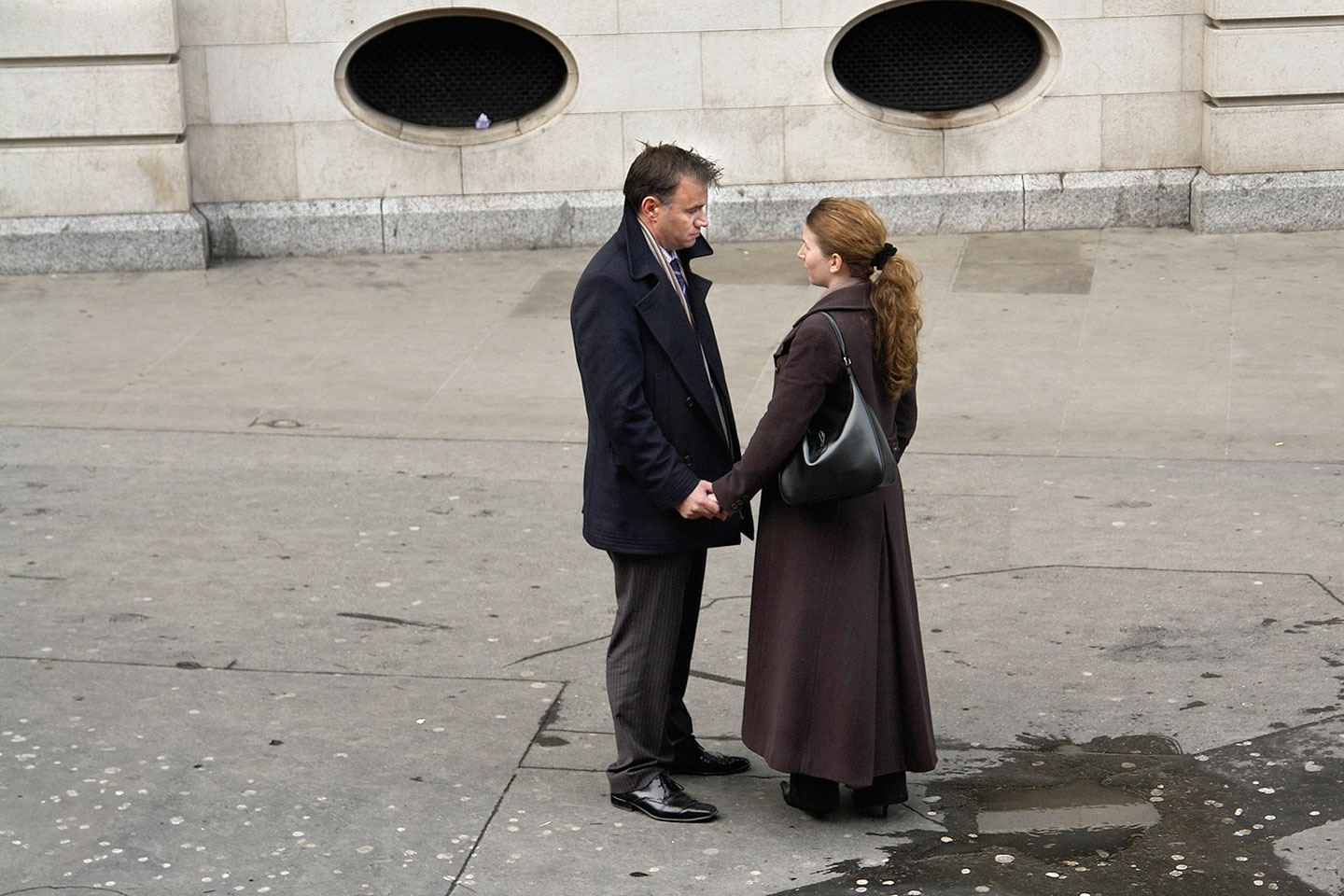
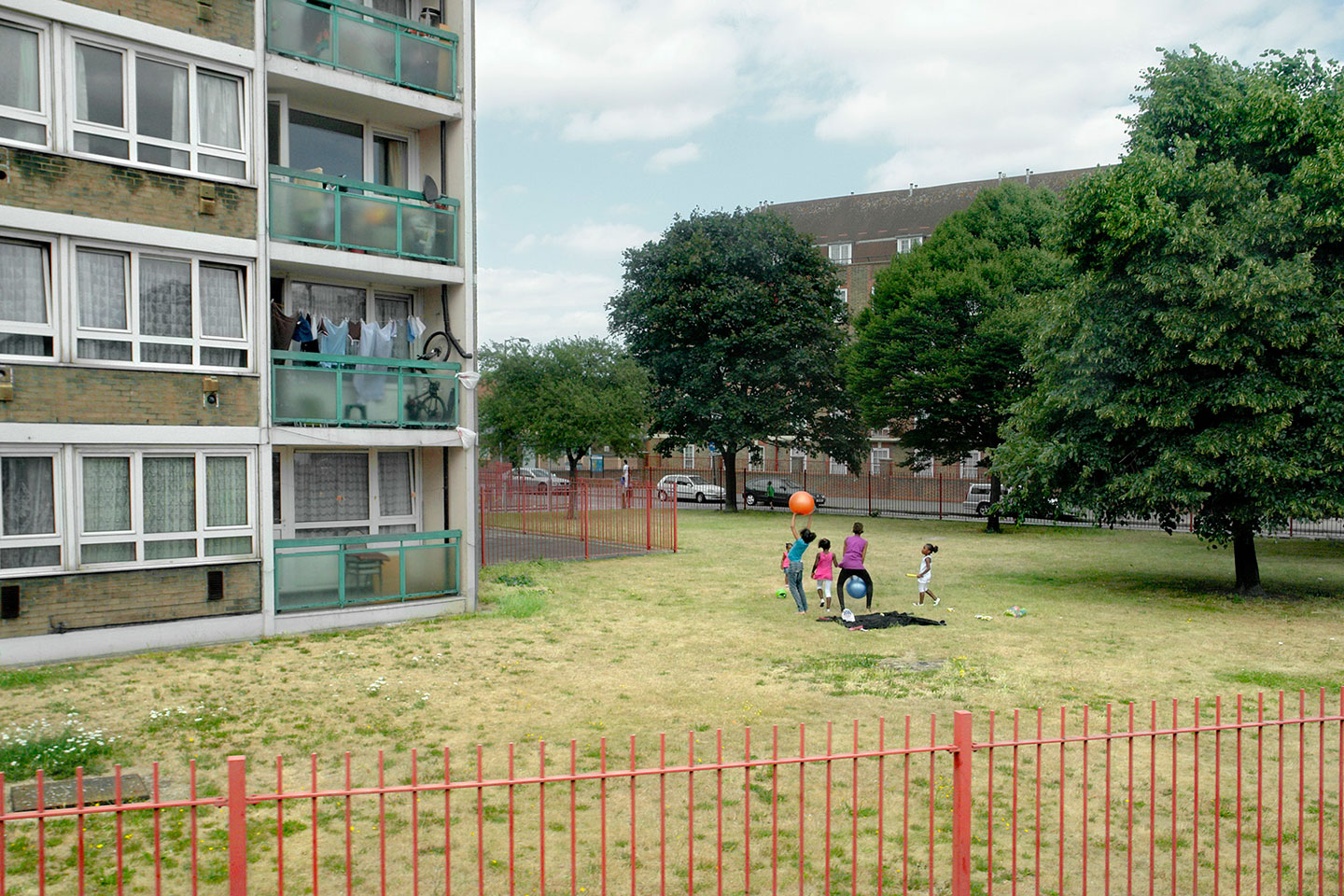
54 year-old British photographer George Georgiu introduces us to Last Stop, a body of work he made shooting from London’s world-known buses that is also available as a self-published photobook selected by Martin Amis as one of ten best photobooks of 2015 – buy your copy here.
Hello George, thank you for this interview. What are your main interests as a photographer?
I’m generally a fan of a lot of different genres of photography but If I start to look over my work, there are without doubt recurring themes and subjects I keep coming back to. I would say that I am fascinated by public space, particularly urban space and our interaction within that space. The interaction is crucial to me, from a political and social viewpoint but also from the personal and emotional, and how it shapes perception.
How did you get the idea to photograph London from inside its renowned buses?
The work evolved from an earlier project. In 2005 I went to Ukraine to look at life after the Orange Revolution. As the country is going through a transition or a method of transit from one system to another, I thought it would be appropriate to play on this notion of transit by moving through the country on public transport, photographing as people move from home to work, shopping, going out and selling goods around the transport hubs. This allowed me to move through the towns and cities in a random manner, photographing from buses, trolleybuses, trams and trains the daily lives of Ukrainians, moving from the centre to the residential areas and city outskirts and back.
I was curious to see if the images would take on a similar feel if I replicated the approach in another country, so I photographed from buses in Istanbul. Instantly, I noticed that the way people use the public space in Turkey – the way they interact with each other and the environment – was very different. When I moved back to London, my home city, after being a few years away, I was fascinated by how much it had changed. The bus seemed like the perfect way to frame a city, to make something coherent and to encapsulate my ideas.
What was your main intent in taking the Last Stop pictures? What are you trying to communicate with these images?
There were so many ideas floating around in my head. Originally I was thinking about London as a city of migration, the last stop not only for immigrants but also for people from across the UK. A city of dreams and possibilities; but as we all know, these dreams are not so easily realized. As the project evolved, I became more interested in trying to express the experience of the city, how we move through it, share it, coexist as a diverse group of peoples and cultures. The hardest part was what I consider the little soap operas we see everyday in public space, those encounters we witness and perceive as fictions – are they secret lovers or a married couple? etc. It’s a little like when we drive pass an accident on the highway: we glimpse the crashed car and imagine the rest. How we perceive became an important element in the work.
The images of Last Stop seem to straddle street and surveillance photography. How would you describe them?
Surveillance was on my mind when I was making the work and the aesthetic plays with the look of Google Street View. Surveillance in the city is all around us but on the flip side of this is also our sense of invisibility, how we allow ourself to express very private behaviour in public space, like a family argument. I am always amazed how people talk so loudly on their mobile phones in confined spaces, or how in a popular restaurant chain in the USA, I feel like I am sitting in the lounges of 20 different families during meal time. So me sitting and photographing behind the window of the bus is an act of surveillance, invisibility and voyeurism, all inter-related acts of seeing in the city and in photography.
I see Last Stop as straddling street photography, surveillance, landscape and documentary fiction.
Is there anything you realized about London or even humanity while working on Last Stop?
Yes, our ability to share space and coexist.
Did you have any specific references or sources of inspiration in mind for Last Stop?
My main reference and inspiration is my own knowledge and fascination for London over the years. I used to travel around London on buses as a teenager with friends during the school holidays, sometimes with an aim but often just for fun. And over the years I have lived and visited a lot of different neighbourhoods, witnessing the changes that have taken place over the last 40 years.
Other references are more from the narrative construction of movies. I love the opening sequence of Down by Law by Jim Jarmusch and intertwining films like Crash, Magnolia, Traffic and Amores Perros. And finally the 1976 John Smith video, The Girl Chewing Gum shot in Dalston.
Please talk a bit about the Last Stop book.
The design of the book was by far the hardest part of the whole project as it holds together the whole concept of the work and relates to the actual experience of moving through a city.
The essence of the project is that you might take the same route everyday but what you see, the ebb and flow on the street takes on a random nature. To capture this flow, the concertina allows the feel of a bus trip, but more importantly it gives the viewer the opportunity to create their own journeys by spreading the book out and combining different images together. This moves the book away from an author-led linear narrative to one of multiple possibilities.
I struggled with the design and selection for a long time but I felt that I had to take responsibility for the whole project. It was the same with self-publishing and doing a crowd-funding campaign. Because of the expenses of making a concertina book and with all the hand work that it involves, I didn’t want a third party cutting on the production values because of costs. I was lucky that I found a great printing house in Istanbul, MAS matbaa, that worked very closely with me on the technical aspects and helped make the book financially viable.
What have been the main influences on your photography?
Too many to mention. I have been a big fan of photography for well over 30 years and my influences have constantly changed over that time. Outside of photographers, I think my politics, film and my wife, Vanessa Winship.
Who are some of your favorite contemporary photographers?
In the last 4 or 5 years I haven’t engaged in looking at photography so intensely and there are too many photographers to name.
Generally, I am a big fan of American photography – artists like Philip Lorca diCorcia, Larry Sultan and all the others from that generation. I like the engagement of South African photographers Guy Tillim and Mikhael Subotzky. In Britain, Paul Graham and Stephen Gill. Of the new generation I am very impressed by the work of Max Pinckers. And finally Vanessa Winship. I have sat and looked at her work for years and I never tire of looking at its keen poetic quality.
Choose your #threewordsforphotography.
Idea. Observation. Feeling.
Keep looking...
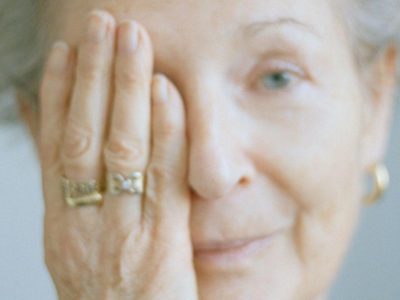
Adagio — Laura Ghezzi’s Poetic Images Respond to a Time of Change in Her Life
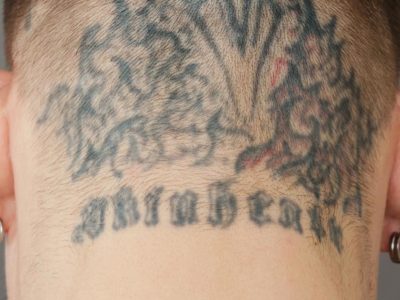
Jakob Ganslmeier Portrays Former Neo-Nazis Who Are Removing Their Nazi-Inspired Tattoos

FotoFirst — Michael Swann’s Series Noema Is Inspired by (Alleged) Apparitions of the Virgin Mary

In His Series Cicha Woda, Piotr Pietrus Collects Mundane Observations of Reality
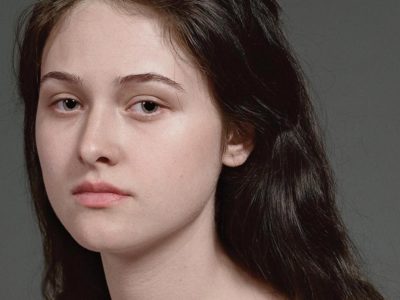
Mirjana Vrbaski Shares Her Minimalist Portraits of Women from Her Series Verses of Emptiness
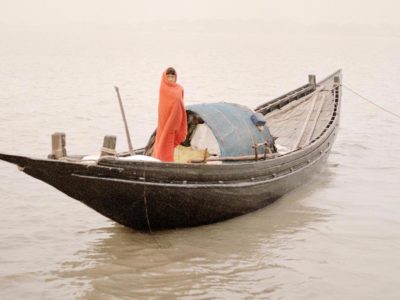
Giulio Di Sturco Captures the Alarming Conditions of the Ganges River in Stunning Photographs
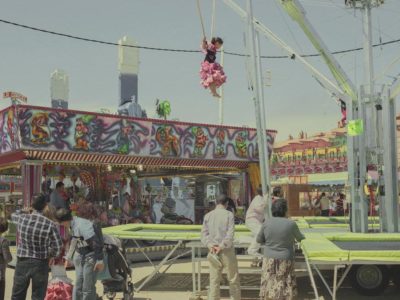
Alvaro Deprit Creates Magical Images of Andalusia, His Family’s Original Homeland

